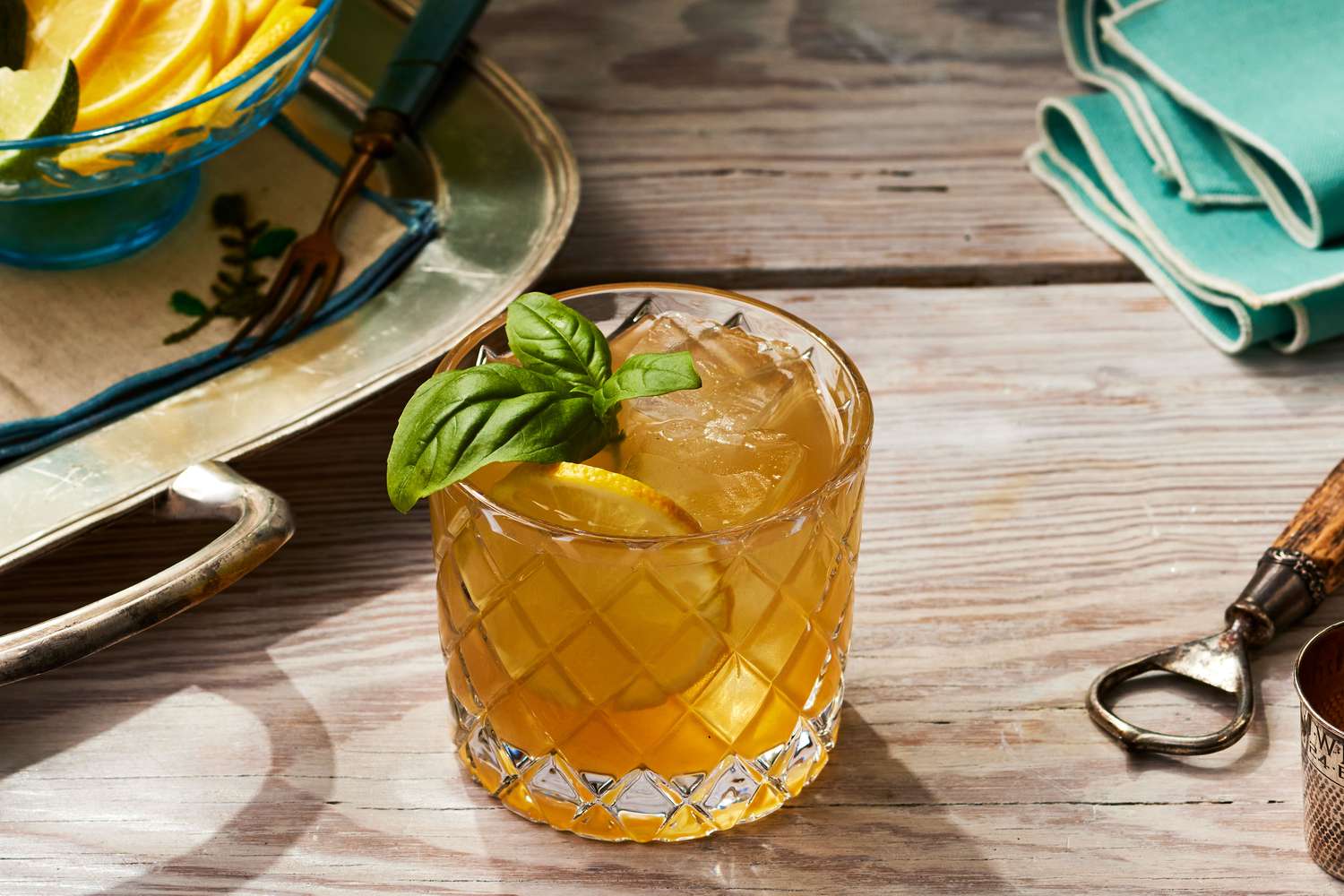Best Liquor Under ₹10,000 for a Perfect New Year 2026 Party
2025-12-05


Whiskey lovers around the world are often caught in a debate over which spirit reigns supreme: bourbon or rye whiskey. Both of these spirits have distinct characteristics that make them stand out in their own right. Whether you're a seasoned whiskey drinker or a newcomer to the world of spirits, understanding the nuances between bourbon and rye whiskey can elevate your appreciation for both. In this guide, we’ll dive into what makes each of these whiskeys unique, explore their flavor profiles, and provide a closer look at how they differ.
Bourbon is a type of barrel-aged whiskey that has to meet specific criteria to earn its name. Though it’s often associated with Kentucky, bourbon can be produced anywhere in the United States. However, it’s widely accepted that the best bourbon comes from the heart of bourbon country, Kentucky, where it was first invented. To be classified as bourbon, the spirit must meet several requirements:
The result is a smooth, slightly sweet whiskey with a rich complexity derived from the corn and the aging process. As it matures in the barrel, it takes on flavors of caramel, vanilla, and oak, creating a distinctive profile that’s perfect for sipping or mixing into cocktails. Bourbon is particularly favored in cocktail recipes, where its depth adds richness to drinks like the classic Old Fashioned or a refreshing Whiskey Sour.
Rye whiskey, while similar in many ways to bourbon, has a distinct flavor profile due to its key ingredient—rye grain. To be classified as rye whiskey in the United States, the spirit must contain at least 51% rye in its mash, unlike bourbon, which requires at least 51% corn. The presence of rye gives the whiskey a spicier, bolder flavor that sets it apart from its sweeter cousin, bourbon.
Rye whiskey doesn’t have to be made in the United States, although many of the world’s top producers are American. Rye is also produced in Canada, the U.K., and other countries, and while Canadian rye is often lighter and more approachable, American rye whiskey tends to have a robust, peppery kick.
The aging process for rye whiskey follows a similar procedure as bourbon: it is aged in new charred oak barrels, which imparts flavors of vanilla, oak, and caramel. However, due to the higher rye content, the flavor tends to be more assertive with spicy and herbal notes that make rye whiskey stand out in cocktails like the Manhattan or Sazerac.
While both bourbon and rye whiskey are barrel-aged spirits, the key differences between them lie in their ingredients, flavor, and production process:
When comparing rye whiskey vs bourbon taste, the experience couldn’t be more different. Bourbon offers a smooth, sweet, and mellow flavor that makes it ideal for those who prefer a less intense whiskey. The sweetness from the corn, combined with the richness from the barrel aging, creates a full-bodied spirit with flavors of caramel, vanilla, and a hint of spice.
On the other hand, rye whiskey presents a much spicier, sharper taste. It is more herbal and peppery, with flavors that can range from earthy to smoky depending on the brand. Rye whiskey tends to have a more complex profile, which appeals to those who enjoy a bolder and more assertive whiskey. The spice from the rye grain comes forward, making it perfect for cocktails that require a strong backbone.
Both bourbon cocktails and rye whisky cocktails have their place in the world of whiskey mixology. Here are some popular cocktails that highlight the unique qualities of these two spirits:

Learn more : Best Bourbon cocktail Recipes

In the battle of bourbon vs rye whisky, the winner ultimately depends on personal taste. If you prefer a smoother, sweeter whiskey with notes of caramel and vanilla, bourbon is the clear choice. However, if you lean towards a spicier, bolder whiskey with a more complex flavor profile, rye whiskey is the way to go. Whether you’re sipping it straight or mixing it into your favorite cocktail, both bourbon whiskey and rye whiskey offer distinct experiences worth exploring. Try both and discover which suits your palate best!